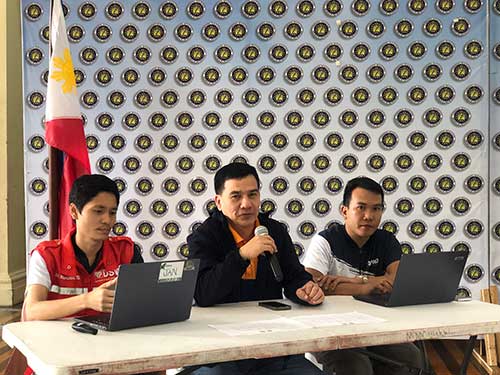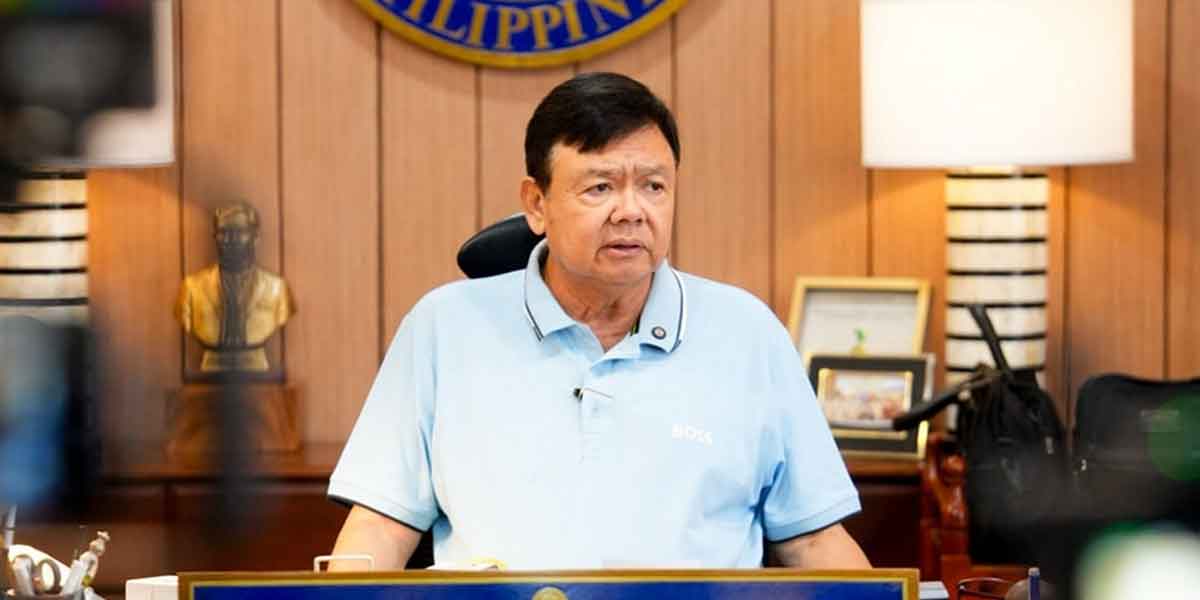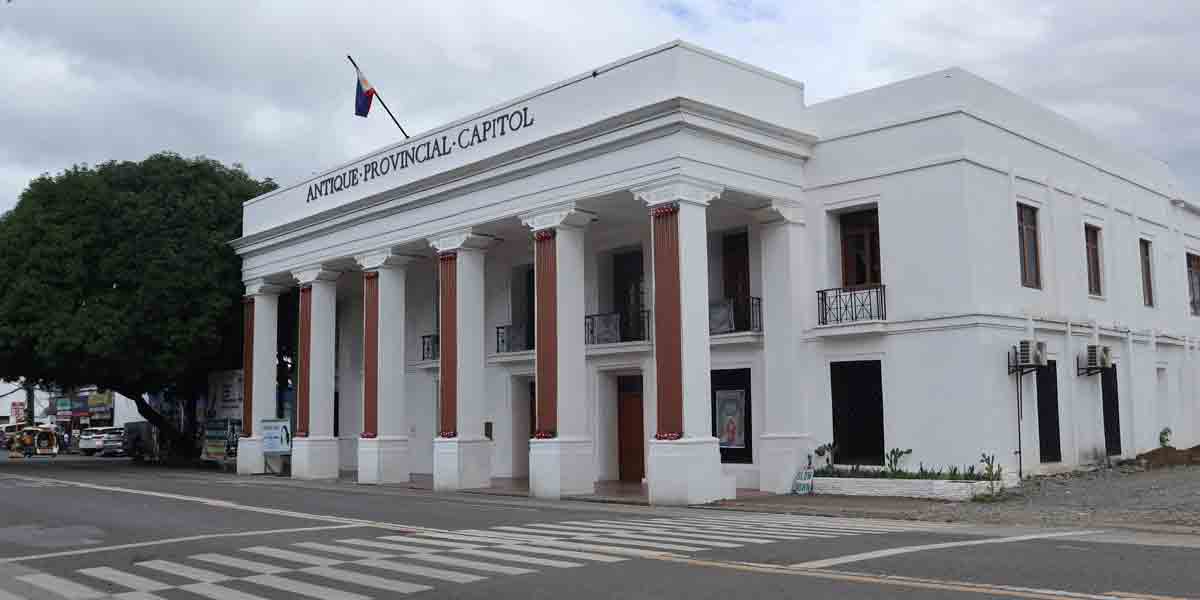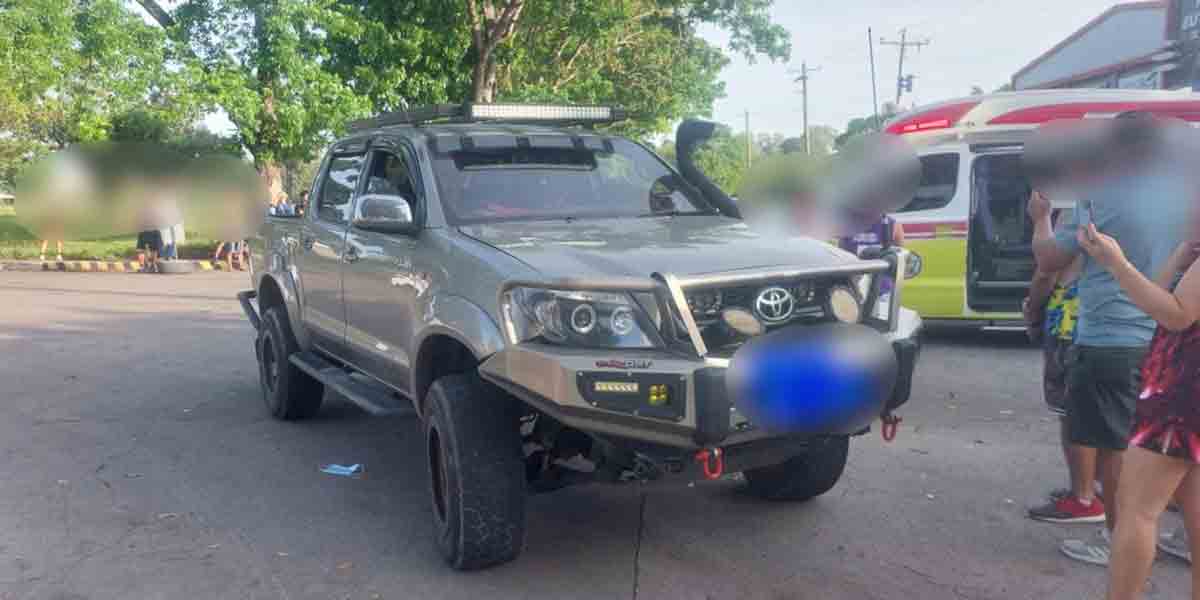
By Glazyl M. Jopson
BACOLOD CITY – A month after Mt. Kanlaon’s explosive eruption on December 9, 2024, the Office of the Civil Defense (OCD)-6 has urged local government units (LGUs) to prioritize public safety by adhering to strict protocols for residents within danger zones.
About 4,000 evacuees from Bago City and La Castellana town in Negros Occidental, residing outside the six-kilometer danger radius, were expected to begin returning home starting Wednesday, January 8.
In Bago City, 200 individuals from Barangay Ilijan returned to their homes on Tuesday, according to the City Disaster Risk Reduction and Management Office (CDRRMO).
In La Castellana, evacuees from Barangay Sag-ang began decamping the same day but halted their return after an ash emission occurred that morning.
While LGUs hold decision-making authority, OCD-6 Regional Director Raul Fernandez, who also chairs the Regional Inter-Agency Coordinating Cell (RIACC), emphasized the need to strictly enforce the six-kilometer safety radius.
“We stand firm on this guideline,” Fernandez said during a media briefing Wednesday at the Provincial Capitol in Bacolod City. “As disaster managers, our priority is the welfare and safety of the people.”
Instead of sending evacuees home, Fernandez suggested transferring internally displaced persons (IDPs) beyond the six-kilometer radius to Himamaylan City, designated as a tent city for Kanlaon evacuees from La Castellana.
“The threat is far from over. While magma is not currently reaching the surface, the volcano could erupt at any time,” Fernandez warned.
He acknowledged the exhaustion of disaster managers in camps but assured that neighboring LGUs would share resources and manpower if IDPs were relocated to Himamaylan City.
Current Threat Levels
Kanlaon Volcano remains under Alert Level 3. The Department of Social Welfare and Development (DSWD)-6 reported 12,226 families, or 46,787 individuals, affected by the eruption in 26 barangays across Negros Occidental and Canlaon City, Negros Oriental.
Of this total, 4,019 families, or 13,083 people, are staying in evacuation centers, while 2,351 families, or 7,458 people, are staying outside the centers.
Social Welfare Officer II Jan Kristofer Fetalsana of DSWD-6’s Disaster Response and Management Division (DRMD) said PHP103.65 million worth of assistance has been distributed, with an additional standby fund of PHP244.38 million.
The DSWD continues to provide food packs and kits to evacuees across 34 evacuation centers.
Preparing for the Worst
Fernandez highlighted the dangers of pyroclastic flows, which could spread rapidly with little warning.
“Who can outrun that speed?” he asked, emphasizing the need for readiness and swift action.
If the alert level rises to 4, the danger zone will expand to a 10-kilometer radius, requiring thousands more to evacuate. Fernandez said the OCD would provide guidance and facilitate assistance but stressed that LGUs must be accountable for their communities.
“Evacuation efforts must be swift but orderly to avoid panic,” he said. “We act on the best available data to protect lives.”
He also acknowledged the logistical challenges of large-scale evacuations, noting that preparedness and coordination are key to minimizing chaos and ensuring safety.
“We have limitations, but we will deliver as much as possible,” Fernandez said, urging everyone to work together to overcome the challenge.





















